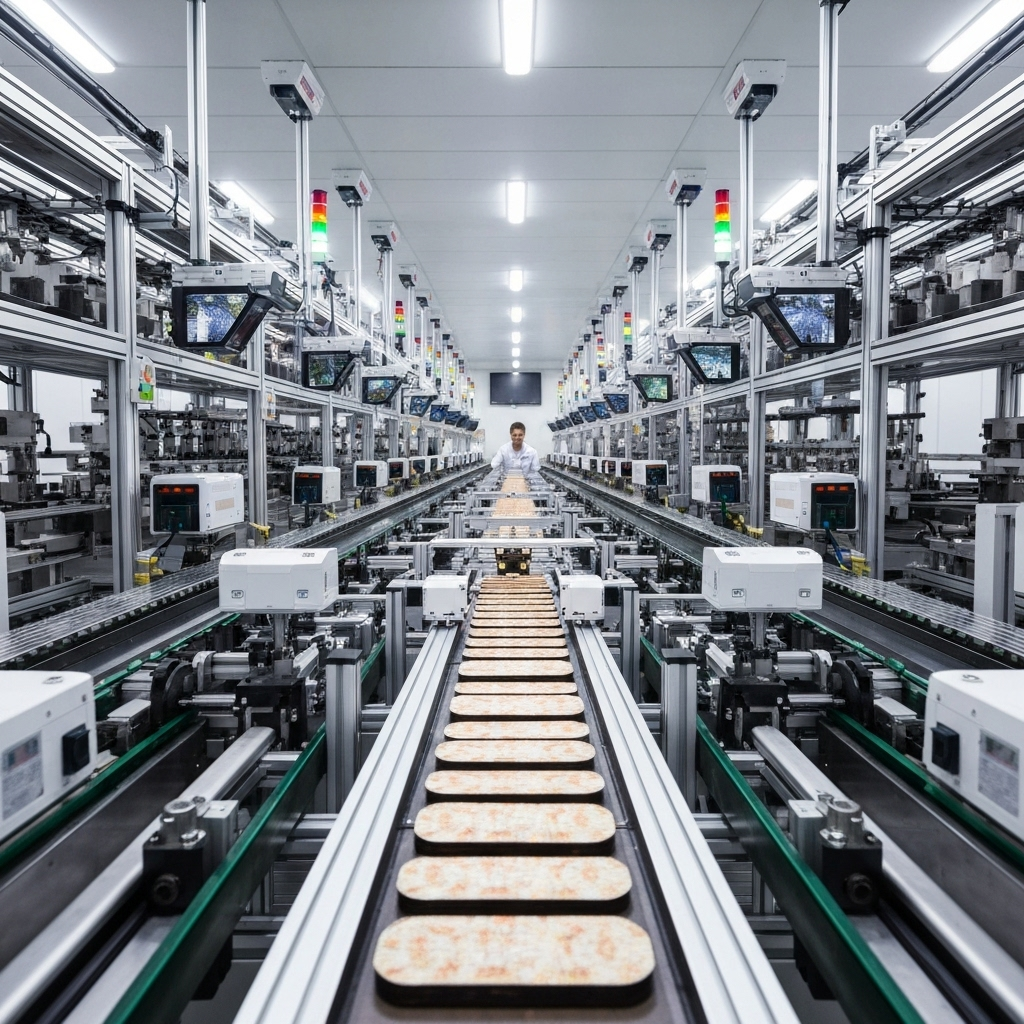Industry 4.0 Integration: The Reality Behind the Hype
What actually happens when you implement Industry 4.0 technologies. Real challenges, unexpected successes, and lessons learned from factory floor deployments.

Industry 4.0 promises smart factories, autonomous production, and seamless digital integration. After implementing these technologies across dozens of manufacturing facilities, we've learned that the reality is more complex—and more interesting—than the marketing materials suggest.
The Integration Challenge
Most factories weren't built for Industry 4.0. Legacy equipment lacks connectivity, data formats are inconsistent, and operational processes haven't changed in decades. Successful integration requires bridging these gaps without disrupting production—a delicate balance between innovation and operational continuity.
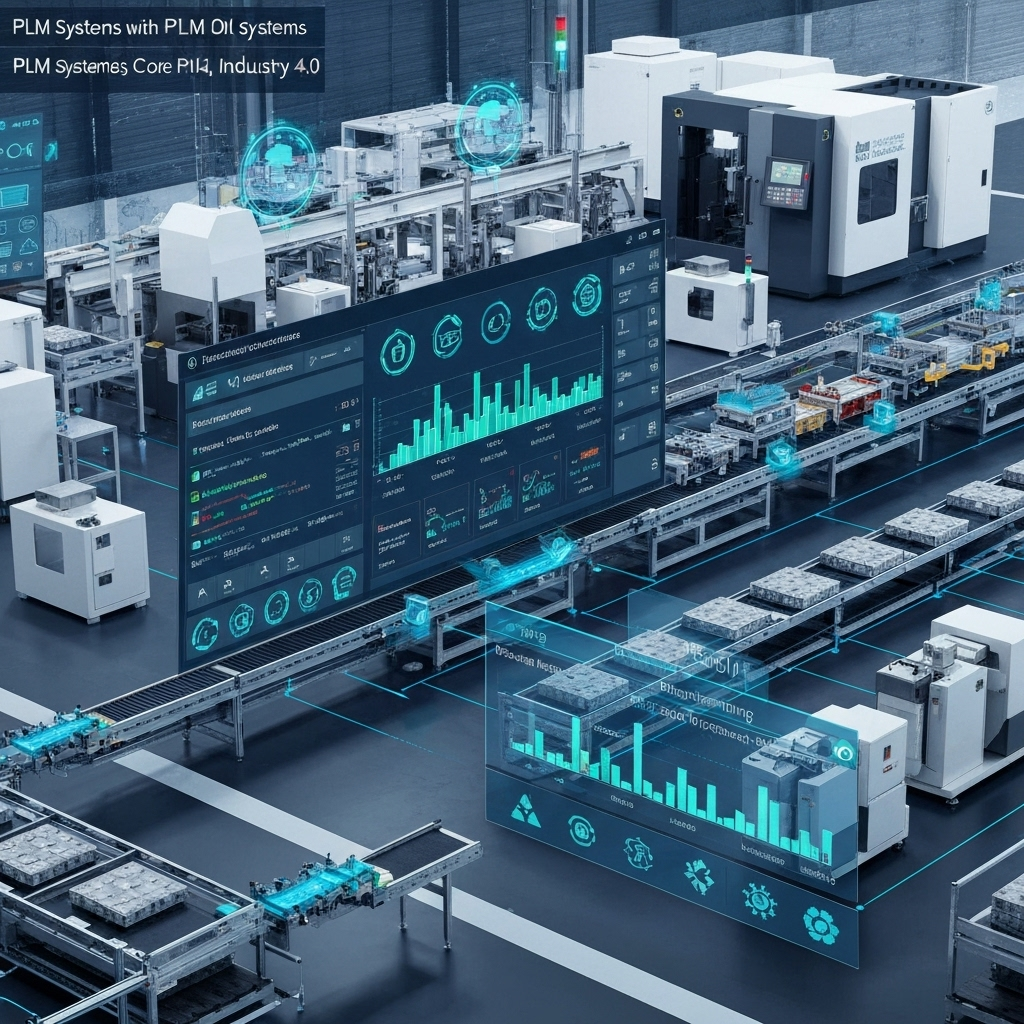
What Actually Works
Start small and prove value incrementally. Our most successful deployments began with single production lines or specific processes. Focus on solving real operational problems—reducing downtime, improving quality, or increasing throughput—rather than pursuing comprehensive digital transformation from day one.
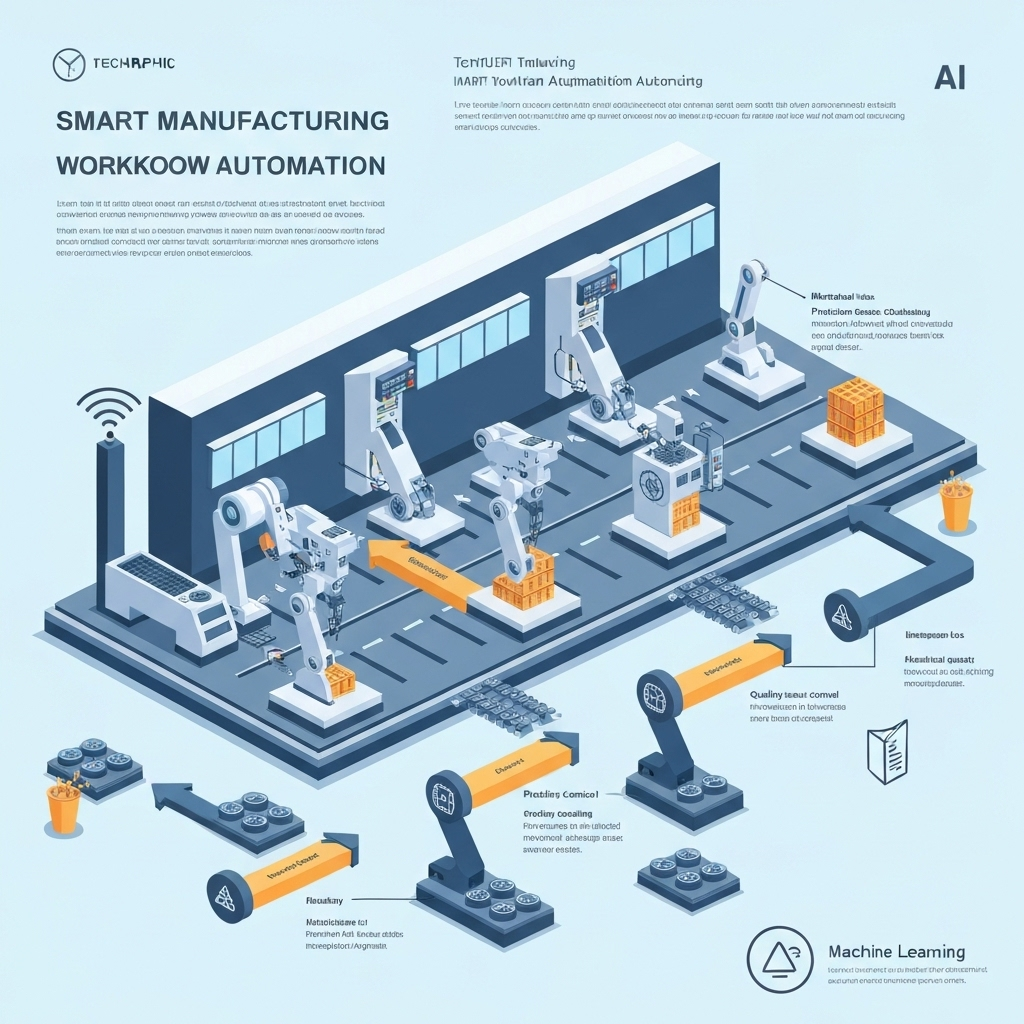
The Human Factor
Technology is only half the equation. Operators need training, managers need new KPIs, and maintenance teams need different skills. Change management is as critical as technical implementation. The factories that succeed invest heavily in people alongside technology.
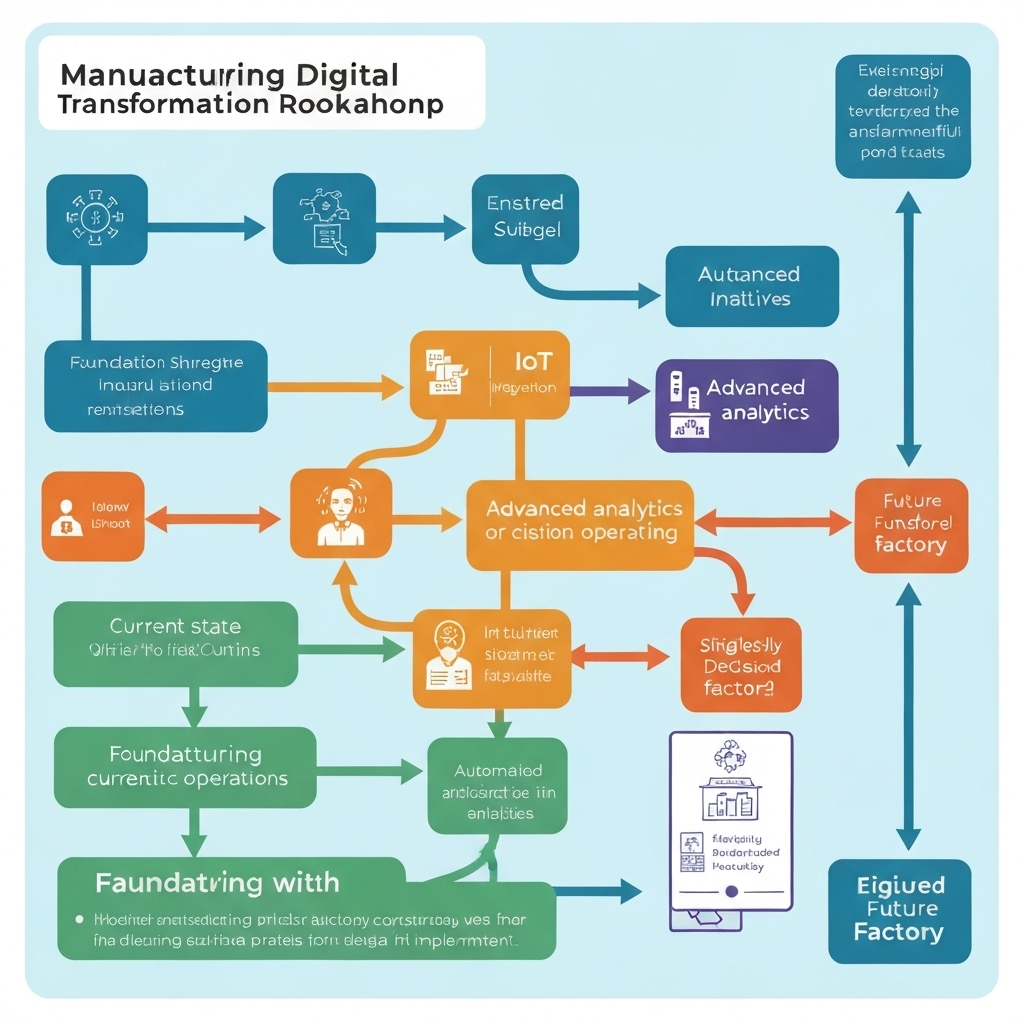
Measuring Real Impact
Industry 4.0 ROI comes from operational improvements, not technology deployment. Track metrics that matter: Overall Equipment Effectiveness (OEE), quality rates, energy consumption, and maintenance costs. Our clients typically see 15-25% improvements in these areas within 18 months of implementation.
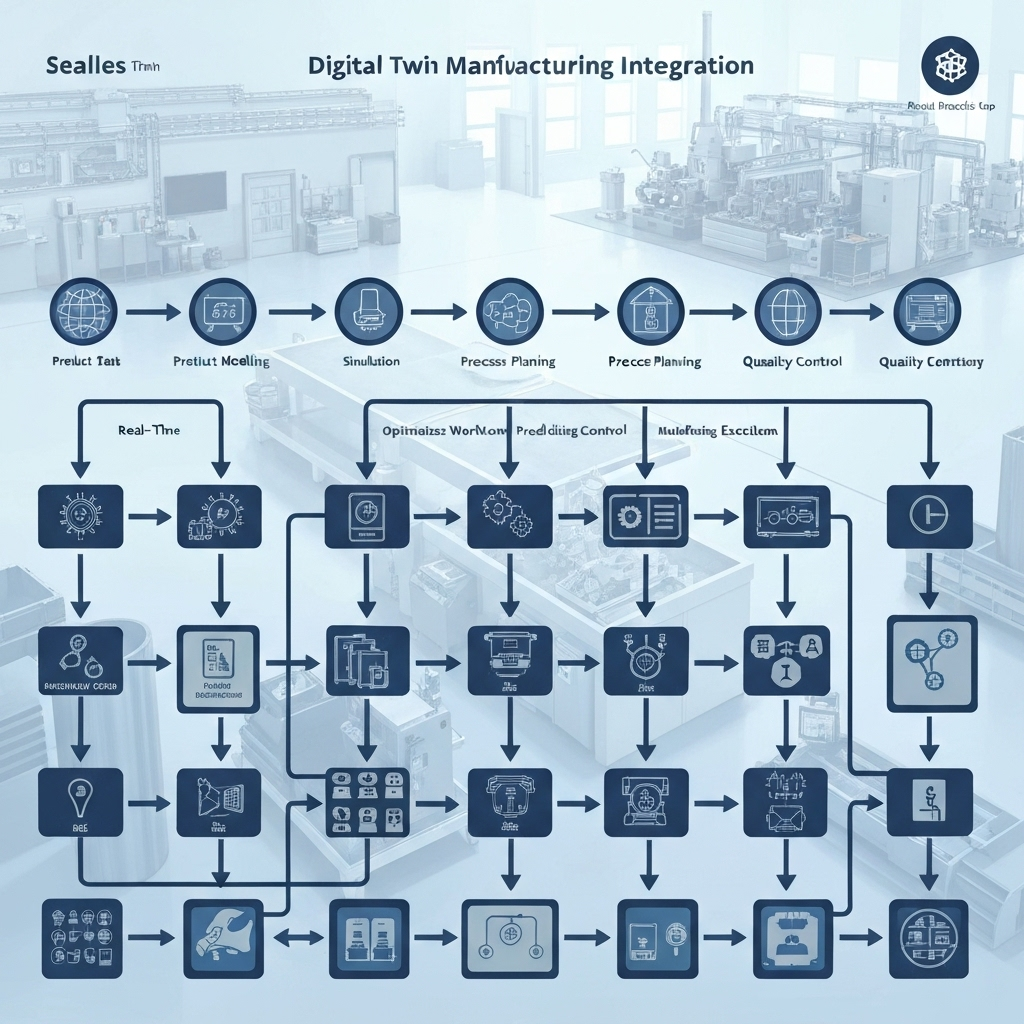
Industry 4.0 integration succeeds when it solves real operational problems with appropriate technology. The key is balancing technological ambition with practical implementation, always keeping the focus on measurable business outcomes rather than technological sophistication.

